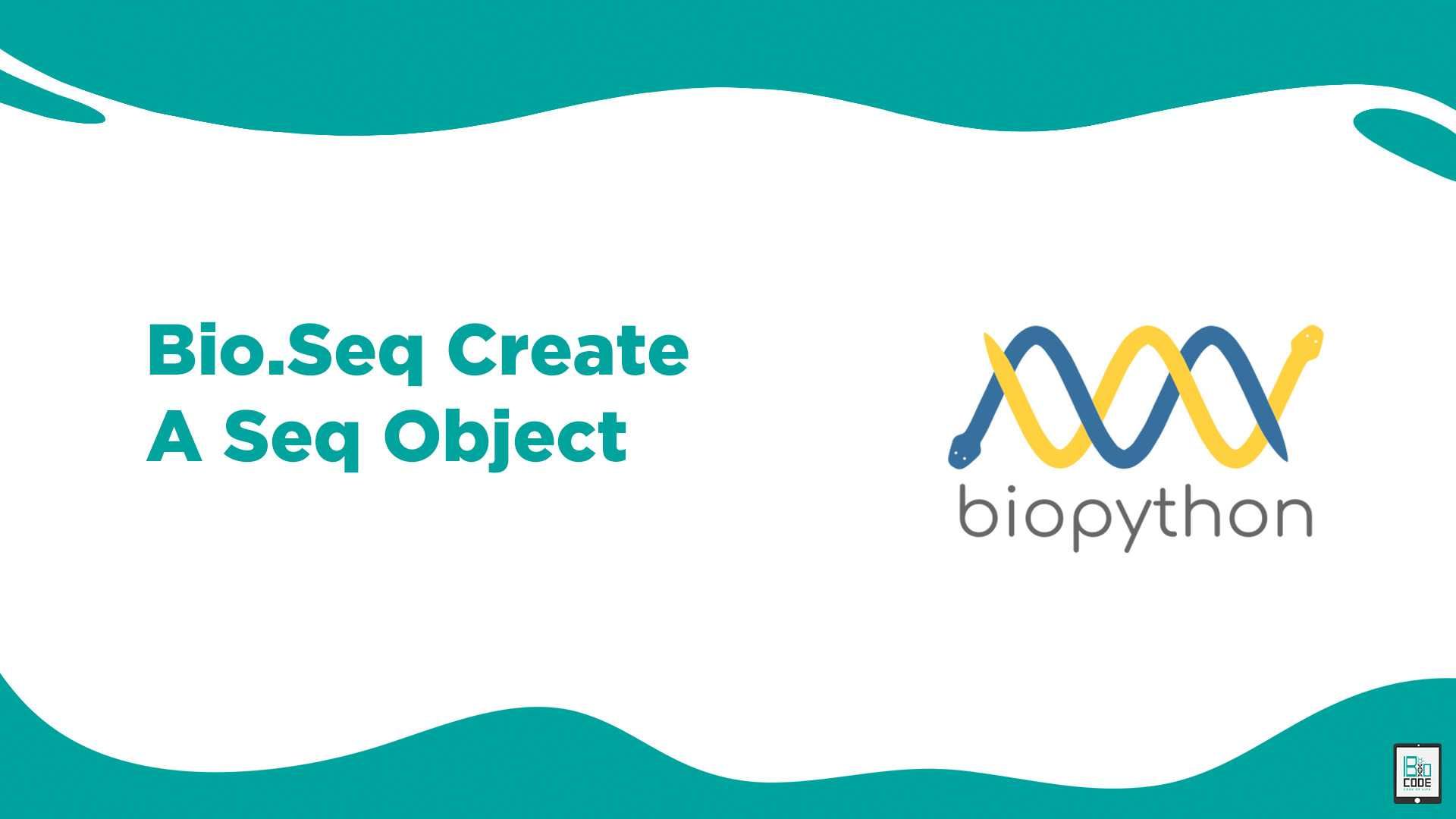Are you interested in learning how to create Seq objects? If so, we have just the guide for you! In
Tips and Tricks for Creating Seq Objects: A Step-by-Step Guide


Are you interested in learning how to create Seq objects? If so, we have just the guide for you! In